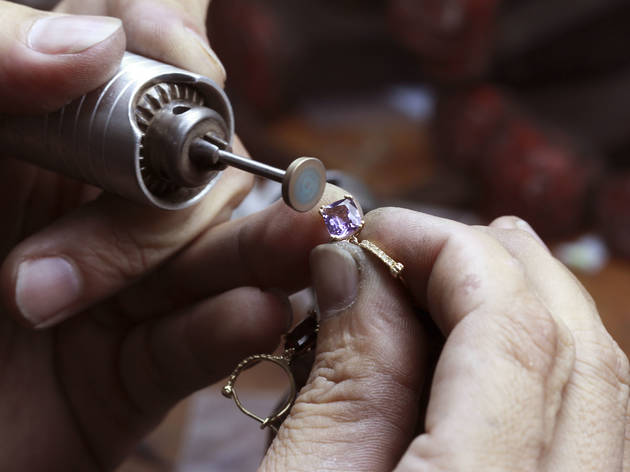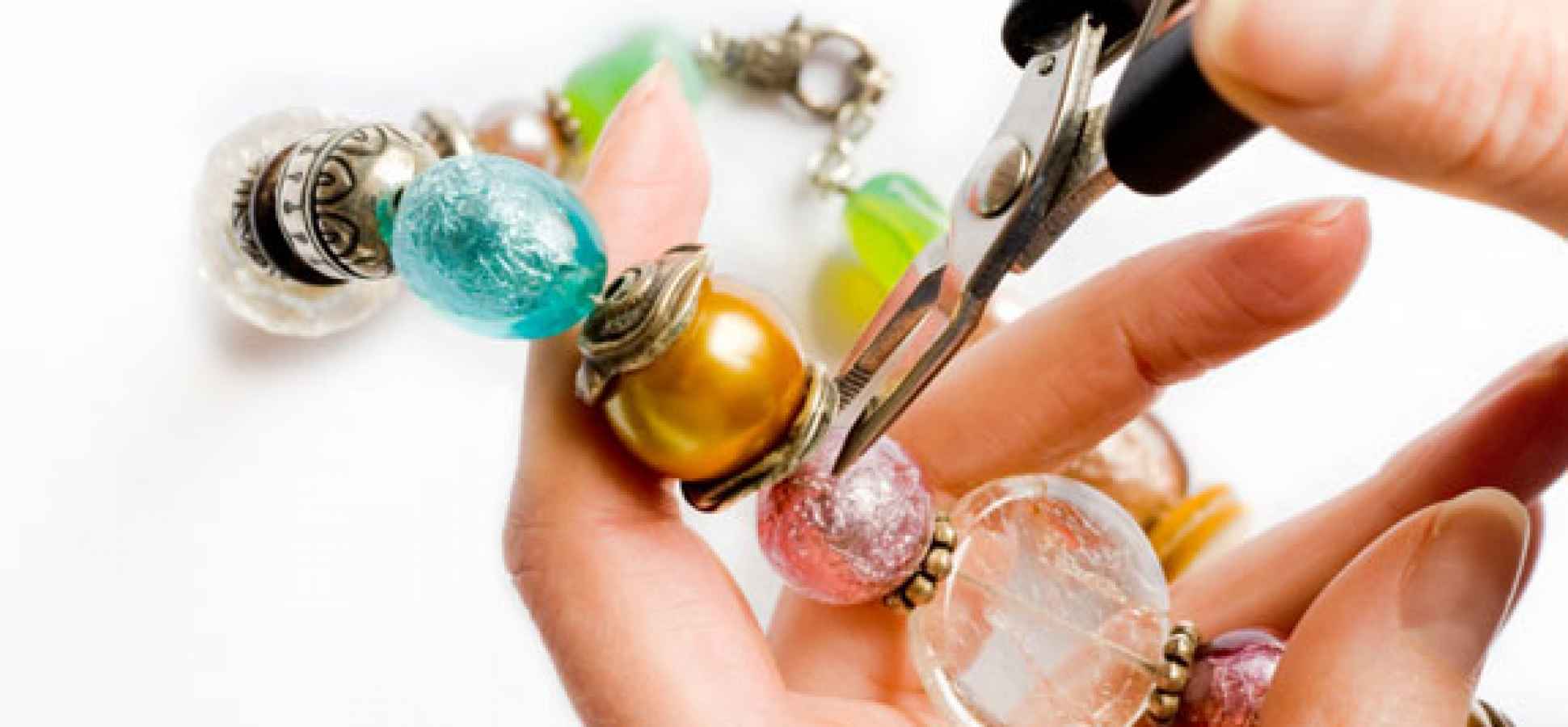A jewelry maker and designer is a specialist who works to produce fashion accessories with metals, gems, stones, and other materials. Metal jewelry and valuable or semi-precious stones are fashioned. The method includes smoothing and polishing, placement, setting or mounting, as well as drilling or cutting rocks and gems to make a piece of jewelry.
A considerable percentage of jewelry producers are self-employed, allowing them to work and sell handmade jewelry. They often operate to comply with customer demand during holidays.
Designers are often self-employed as well. If you want to start your career in jewelry making and designing, you do not necessarily need a degree for that. Through an apprenticeship, aspiring jewelry makers can prepare for a career in this industry or complete a formal education program in jewelry design or fine arts. Optional certifications provide a competitive edge for work candidates.

5 Categories of the Jewelry Industry
There are thousands of specific fields that can be explored by those in the jewelry industry – fields where a steady living can be earned.
There’s gemology, repair of jewelry, watch production, crochet chains, casting, photography, diamond cutting, subcontracting, refining, finishing, teaching, business management, plating, selling, and developing pearls, to name a few.
But each of these fits into one of five significant categories, and these categories are helpful to manufacturers who want their passion to turn into cash. The categories are Art, Craft, Fashion, Fine, and Academic.
Art
The self-expression of the art jeweler is their underlying focus. Art jewelry is sold, but the primary reason for its development is not frequent sales. Often, the size is irrelevant. It is optional to wear. As in any piece of art, materials are carefully chosen. Behind each piece is a story.
Creating the piece, which is an expression of art, is more critical than making it explicitly designed for a target audience within strict parameters. It may take several months or as little as half an hour to create pieces. Collectors, museums, and specialized galleries generally offer and acquire these items.
Craft
Jewelry in this category is generated to be sold directly at craft fairs, events, websites, or commercial craft galleries for the purchasing public. Self-expression, like the products and methods used, is essential here.
But the craftsman also recognizes that their product must be marketable and motivate individuals to want to buy it. Most craft-based enterprises revolve around a particular designer and are micro-enterprises with at most one or two staff.
Fashion
More than any other classification, fashion jewelry is regulated by trends and fads – what’s familiar and fashionable – like what happens to be the “hot” seasonal colors, for example. Materials are crucial for the design, not because of the contents themselves, but because of their price and how they’ll last for a brief term.
Production is rarely done in a small studio. If the look is particularly common, fashion jewelry has a few months’ or years’ worth of shelf life.
Fine
Fine jewelry involves the designer movement that is this market’s most cutting-edge segment, and these designers often cross the line into craft or art.
Fine jewelry utilizes more valuable or fine metals and gemstones, including gold, platinum, silver, diamonds, beautiful gemstones, and pearls, and it’s distributed to jewelry shops and department stores.
Academic
Academic jewelers can earn cash without selling a product necessarily. There are hundreds of colleges, universities, and business schools that teach jewelry abilities and craftsmanship in the U.S. and around the globe, as well as many workshops, presentations, high school courses, videos, and private schools.
Jewelry Maker and Designer Average Pay
According to OwlGuru.com, entry-level jewelry makers typically earn $27,900 yearly and can expect to raise this to $38,200 after 3-5 years of field experience.
The 10% bottom of earners makes less than $10,610 per year, while the 10% top makes more than $31,780 per year.

Where to Find Jewelry Making or Designing Jobs
If you don’t want to launch your own business of making and selling jewelry, you can look for jobs with jewelry designers or distributors through online platforms like the ones below. These sites let you filter your search by employer, expected salary, and location.
- SimplyHired – SimplyHired is a job search engine for jobs across the United States.
- Indeed – Indeed is one of the most popular and valuable tools for job seekers online today.
- ZipRecruiter – ZipRecruiter has been around for nearly 10 years. It lets you easily find jobs within your area.
How to Apply for a Jewelry Making and Designing Job
Step 1: Complete an educational or training experience.
Many technical and vocational colleges are offering jewelry-making and designing programs that can last from six months to a year. These programs teach the fundamental abilities engaged in polishing, setting, crafting, and repairing jewelry, and they provide sufficient training to offer an advantage to a graduate in finding a job as a bench jeweler.
Professional jewelry-making programs tend to concentrate on laboratory courses and operate in the studio. These jewelers address particular elements of the industry. These elements include stone setting, enameling, laser welding, and casting.
In addition to graduating, or as an alternative to formal education, an apprenticeship can be finished. You can operate under a specialist in the field of jewelry during an apprenticeship.
Step 2: Look for a job.
In jewelry manufacturing plants, distributors, repair shops, or exclusive jewelry stores, bench jewelers can find employment. And, they’re able to run their own company.
The jewelry sector is competitive, and you must have skilled qualifications and a strong reputation in order to achieve the particular job you desire.
Conclusion
Jewelry makers and designers emphasize creativity and skills like artistic ability, fashion sense, finger dexterity, visualization, interpersonal skills, and proficiency with computer-aided design (CAD) programs, among other abilities.
If you are creative and you love designing, click here to learn more about designing jobs related to what jewelry makers do.
Also read – How To Start A Customized Jewelry Business
